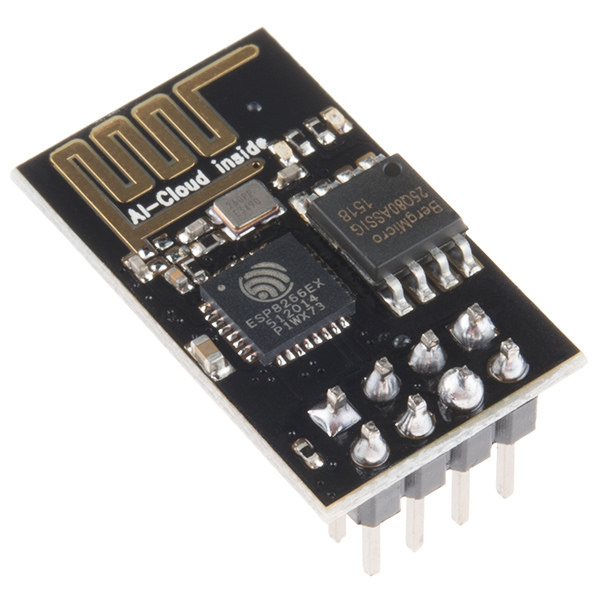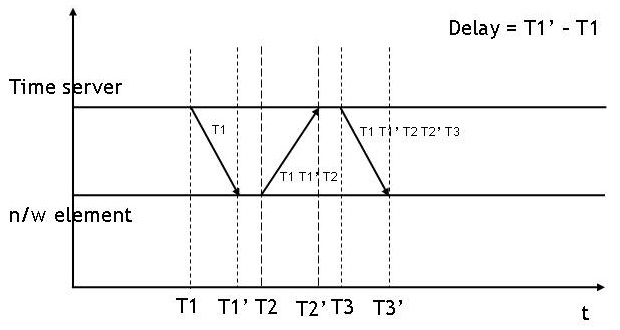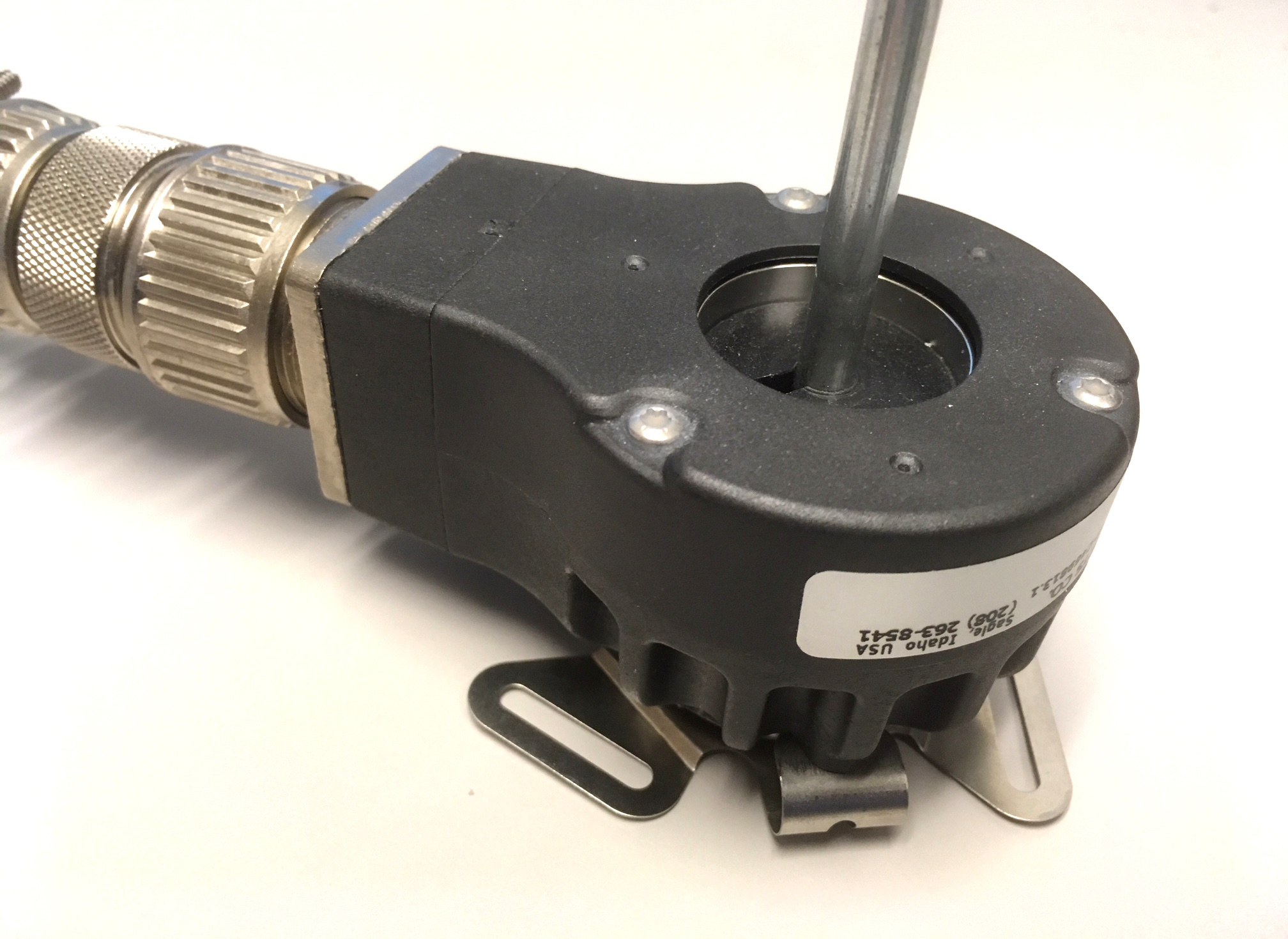|
ESP32
ESP32 is a family of low-cost, energy-efficient microcontrollers that integrate both Wi-Fi and Bluetooth capabilities. These chips feature a variety of processing options, including the Tensilica Xtensa LX6 microprocessor available in both dual-core and single-core variants, the Xtensa LX7 dual-core processor, or a single-core RISC-V microprocessor. In addition, the ESP32 incorporates components essential for wireless data communication such as built-in antenna switches, an RF balun, power amplifiers, low-noise receivers, filters, and power-management modules. Typically, the ESP32 is embedded on device-specific printed circuit boards or offered as part of development kits that include a variety of GPIO pins and connectors, with configurations varying by model and manufacturer. The ESP32 was designed by Espressif Systems and is manufactured by TSMC using their 40 nm process. It is a successor to the ESP8266 microcontroller. Features Features of the ESP32 include the foll ... [...More Info...] [...Related Items...] OR: [Wikipedia] [Google] [Baidu] |
ESP8266
The ESP8266 is a low-cost Wi-Fi microcontroller, with built-in TCP/IP stack, TCP/IP networking software, and microcontroller capability, produced by Espressif Systems in Shanghai, China. The chip was popularized in the English-speaking maker culture, maker community in August 2014 via the ESP-01 module, made by a third-party manufacturer Ai-Thinker. This small module allows microcontrollers to connect to a Wi-Fi network and make simple TCP/IP connections using Hayes command set, Hayes-style commands. However, at first, there was almost no English-language documentation on the chip and the commands it accepted. The very low price and the fact that there were very few external components on the module, which suggested that it could eventually be very inexpensive in volume, attracted many hackers to explore the module, the chip, and the software on it, as well as to translate the Chinese documentation. The ESP8285 is a similar chip with a built-in 1 MiB flash memory, allowing ... [...More Info...] [...Related Items...] OR: [Wikipedia] [Google] [Baidu] |
RISC-V
RISC-V (pronounced "risk-five") is an open standard instruction set architecture (ISA) based on established reduced instruction set computer (RISC) principles. The project commenced in 2010 at the University of California, Berkeley. It transferred to the RISC-V Foundation in 2015, and from there to RISC-V International, a Swiss non-profit entity, in November 2019. Similar to several other RISC ISAs, e.g. Amber (processor), Amber (ARMv2)(2001), SuperH#J_Core, J-Core(2015), OpenRISC(2000), or OpenSPARC(2005), RISC-V is offered under royalty-free open-source licenses. The documents defining the RISC-V instruction set architecture (ISA) are offered under a Creative Commons license or a BSD licenses, BSD License. Mainline support for RISC-V was added to the Linux 5.17 kernel in 2022, along with its toolchain. In July 2023, RISC-V, in its 64-bit computing, 64-bit variant called riscv64, was included as an official architecture of Linux distribution Debian, in its Debian version histor ... [...More Info...] [...Related Items...] OR: [Wikipedia] [Google] [Baidu] |
Tensilica
Tensilica Inc. was a company based in Silicon Valley that developed semiconductor intellectual property (SIP) cores. Tensilica was founded in 1997 by Chris Rowen. In April 2013, the company was acquired by Cadence Design Systems for approximately $326 million. Products Cadence Tensilica develops SIP blocks to be included in chip (IC) designs of products of their licensees, such as system on a chip architectures for embedded systems. Tensilica processors are delivered as synthesizable RTL to aid integration with other designs. Xtensa configurable cores Xtensa processors range from small, low-power cache-less microcontroller to more performance-oriented SIMD processors, multiple-issue VLIW DSP cores, and neural network processors. Cadence standard DSPs are based on the Xtensa architecture. The architecture offers a user-customizable instruction set through automated customization tools that can extend the base instruction set, including and not limited to, addition of new ... [...More Info...] [...Related Items...] OR: [Wikipedia] [Google] [Baidu] |
Espressif ESP32 Chip Function Block Diagram
Espressif Systems (Shanghai) Co., Ltd. (Espressif; ) is a publicly listed Chinese semiconductor company headquartered in Shanghai. It focuses on developing and selling wireless microcontroller unit communication chips and modules that are used in internet of things (IoT). History In 2008, Espressif was founded in China by Singaporean national, Teo Swee Ann. Teo who graduated from National University of Singapore with degrees in electrical engineering had worked for Montage Technology as an engineering director. Espressif initially started as one-man consulting firm which later expanded. However due to small quantity of chips commissioned by Espressif, foundries tended to reject it. However TSMC who had heard of Teo's work at Montage Technology gave Espressif a chance and became its supplier. On 22 July 2019, Espressif had its initial public offering and became a listed company on the Shanghai Stock Exchange STAR Market. The offering raised 1.2 billion yuan. In March ... [...More Info...] [...Related Items...] OR: [Wikipedia] [Google] [Baidu] |
CAN Bus
A controller area network bus (CAN bus) is a vehicle bus standard designed to enable efficient communication primarily between electronic control units (ECUs). Originally developed to reduce the complexity and cost of electrical wiring in automobiles through multiplexing, the CAN bus protocol has since been adopted in various other contexts. This Broadcasting (networking), broadcast-based, Message passing, message-oriented protocol ensures data integrity and prioritization through a process called Arbiter (electronics), arbitration, allowing the highest priority device to continue transmitting if multiple devices attempt to send data simultaneously, while others back off. Its reliability is enhanced by Differential signalling, differential signaling, which mitigates electrical noise. Common versions of the CAN protocol include CAN 2.0, CAN FD, and CAN XL which vary in their data rate capabilities and maximum data payload sizes. History Development of the CAN Bus (computing), ... [...More Info...] [...Related Items...] OR: [Wikipedia] [Google] [Baidu] |
Precision Time Protocol
The Precision Time Protocol (PTP) is a protocol for clock synchronization throughout a computer network with relatively high precision and therefore ''potentially'' high accuracy. In a local area network (LAN), accuracy can be sub-microsecond making it suitable for measurement and control systems. PTP is used to synchronize financial transactions, mobile phone tower transmissions, sub-sea acoustic arrays, and networks that require precise timing but lack access to satellite navigation signals. The first version of PTP, IEEE 1588-2002, was published in 2002. IEEE 1588-2008, also known as PTP Version 2, is not backward compatible with the 2002 version. IEEE 1588-2019 was published in November 2019 and includes backward-compatible improvements to the 2008 publication. IEEE 1588-2008 includes a ''profile'' concept defining PTP operating parameters and options. Several profiles have been defined for applications including telecommunications, electric power distribution and aud ... [...More Info...] [...Related Items...] OR: [Wikipedia] [Google] [Baidu] |
Ethernet
Ethernet ( ) is a family of wired computer networking technologies commonly used in local area networks (LAN), metropolitan area networks (MAN) and wide area networks (WAN). It was commercially introduced in 1980 and first standardized in 1983 as IEEE 802.3. Ethernet has since been refined to support higher bit rates, a greater number of nodes, and longer link distances, but retains much backward compatibility. Over time, Ethernet has largely replaced competing wired LAN technologies such as Token Ring, FDDI and ARCNET. The original 10BASE5 Ethernet uses a thick coaxial cable as a shared medium. This was largely superseded by 10BASE2, which used a thinner and more flexible cable that was both less expensive and easier to use. More modern Ethernet variants use Ethernet over twisted pair, twisted pair and fiber optic links in conjunction with Network switch, switches. Over the course of its history, Ethernet data transfer rates have been increased from the original to the lates ... [...More Info...] [...Related Items...] OR: [Wikipedia] [Google] [Baidu] |
Incremental Encoder
An incremental encoder is a linear or rotary electromechanical device that has two output signals, ''A'' and ''B'', which issue pulses when the device is moved. Together, the ''A'' and ''B'' signals indicate both the occurrence of and direction of movement. Many incremental encoders have an additional output signal, typically designated ''index'' or ''Z'', which indicates the encoder is located at a particular reference position. Also, some encoders provide a status output (typically designated ''alarm'') that indicates internal fault conditions such as a bearing (mechanical), bearing failure or sensor malfunction. Unlike an absolute encoder, an incremental encoder does not indicate absolute position; it only reports changes in position and the corresponding direction of movement for each change. Consequently, to determine absolute position at any particular moment, it is necessary to send the encoder signals to an ''Incremental encoder#Incremental encoder interface, incremental ... [...More Info...] [...Related Items...] OR: [Wikipedia] [Google] [Baidu] |
CE-ATA
Consumer Electronics ATA (CE-ATA) is an interface standard for the connection of storage devices and hosts in consumer electronic device such as mobile and handheld devices. One of the primary goals is to standardize connections for small form factor hard disk drives such as 1-inch Microdrives. The standard is maintained by the CE-ATA Workgroup. History The CE-ATA Specification was developed in 2005. Interface MMC CE-ATA is electrically and physically compatible with MMC specification. CE-ATA uses MMC connector on host devices and matching flex cable or circuit connection on CE-ATA hard disk drives. Pin Assignment {, class="wikitable" border="1" style="text-align: center;" , - ! Pin # ! Signal - x4 Data Lines ! Signal - x8 Data Lines , - , 1 , , Vss , , Vss , - , 2 , , DAT2 , , DAT2 , - , 3 , , DAT3 , , DAT3 , - , 4 , , Supply Voltage , , Vss , - , 5 , , CMD , , DAT4 , - , 6 , , Interface Voltage , , DAT5 , - , 7 , , CLK , , Supply Voltage , - , ... [...More Info...] [...Related Items...] OR: [Wikipedia] [Google] [Baidu] |
Wi-Fi Protected Access
Wi-Fi Protected Access (WPA) (Wireless Protected Access), Wi-Fi Protected Access 2 (WPA2), and Wi-Fi Protected Access 3 (WPA3) are the three security certification programs developed after 2000 by the Wi-Fi Alliance to secure wireless computer networks. The Alliance defined these in response to serious weaknesses researchers had found in the previous system, Wired Equivalent Privacy (WEP). WPA (sometimes referred to as the TKIP standard) became available in 2003. The Wi-Fi Alliance intended it as an intermediate measure in anticipation of the availability of the more secure and complex WPA2, which became available in 2004 and is a common shorthand for the full IEEE 802.11i (or IEEE 802.11i-2004) standard. In January 2018, the Wi-Fi Alliance announced the release of WPA3, which has several security improvements over WPA2. As of 2023, most computers that connect to a wireless network have support for using WPA, WPA2, or WPA3. All versions thereof, at least as implemented throu ... [...More Info...] [...Related Items...] OR: [Wikipedia] [Google] [Baidu] |
Secure Digital
Secure Digital (SD) is a proprietary, non-volatile, flash memory card format developed by the SD Association (SDA). Owing to their compact size, SD cards have been widely adopted in a variety of portable consumer electronics, including digital cameras, camcorders, video game consoles, mobile phones, action cameras, and camera drones. The SD format was introduced in August 1999 by SanDisk, Panasonic (then known as Matsushita), and Kioxia (then part of Toshiba). It was designed as a successor to the MultiMediaCard (MMC) format, introducing several improvements aimed at enhancing usability, durability, and performance, which contributed to its rapid emergence as an industry standard. To manage the licensing and intellectual property rights related to the format, the three companies established SD-3C, LLC. In January 2000, they also founded the SDA, a non-profit organization dedicated to developing and promoting SD card standards. As of 2023, the SDA includes approximatel ... [...More Info...] [...Related Items...] OR: [Wikipedia] [Google] [Baidu] |



